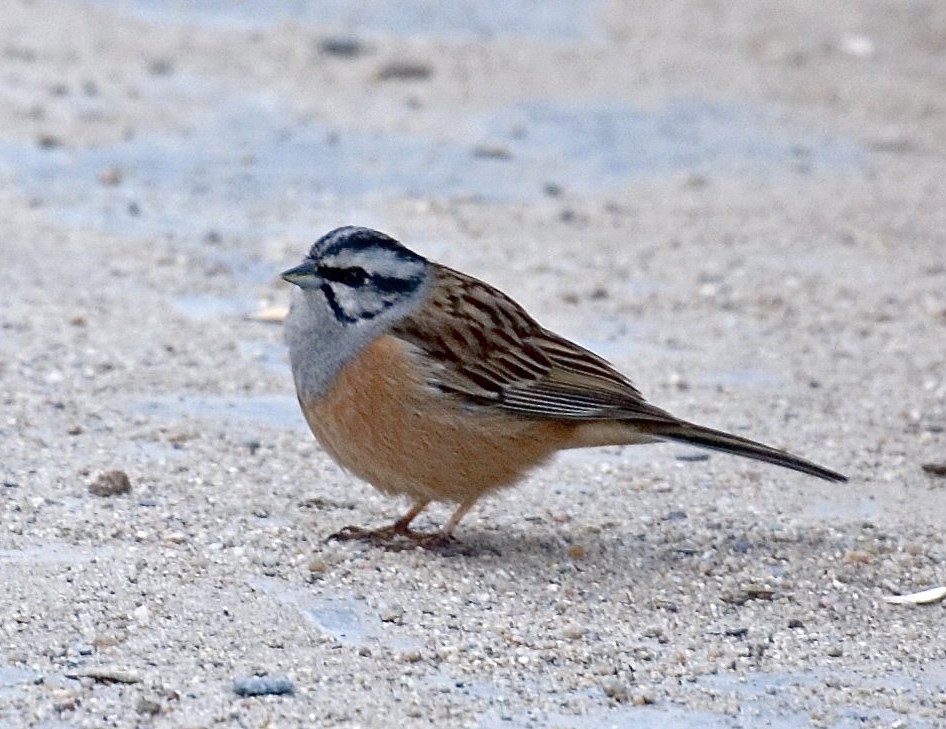Rock Bunting
A species of Old World Buntings Scientific name : Emberiza cia Genus : Old World Buntings
Rock Bunting, A species of Old World Buntings
Botanical name: Emberiza cia
Genus: Old World Buntings
Content
Description General Info
Description
This bird is 16 cm in length. The breeding male has chestnut upperparts, unmarked deep buff underparts, and a pale grey head marked with black striping. The female rock bunting is a washed-out version of the male, with paler underparts, a grey-brown back and a less contrasted head. The juvenile is similar to the female, but with a streaked head. There are four races differing mainly in the plumage shades, although the subspecies which breeds in Europe, Africa and western Turkey is the only one to show white wing bars. 
Size
17 cm
Colors
Brown
Black
Yellow
Gray
White
Nest Placement
Shrub
Feeding Habits
Rock Bunting primarily consumes seeds, switching to insects while nurturing young. It exhibits ground or low-bush foraging behaviors, with distinctive dietary shifts during breeding. No unique dietary adaptations noted.
Habitat
Rock Bunting's habitat consists of open, dry, rocky mountainous terrains, primarily on south-facing slopes with a mix of bare soils and sparse vegetation. They breed in areas offering protection from predators, beneath low vegetation near taller cover. Their range extends to ravines and clearings in forests. In winter, rock Bunting may occupy lower elevations, including cultivated fields and wastelands, up to 4000 meters in Asia.
Dite type
Granivorous
General Info
Feeding Habits
Bird food type
Species Status
Not globally threatened.
Scientific Classification
Phylum
Chordates Class
Birds Order
Perching birds Family
New world sparrows Genus
Old World Buntings Species
Rock Bunting 